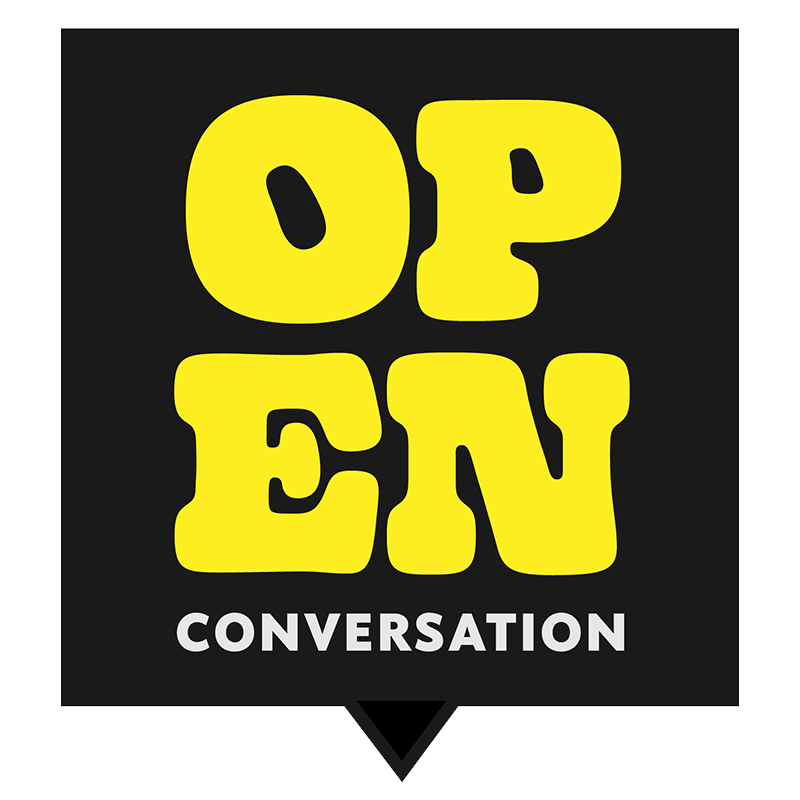“How can we get more listeners?”
This question recently surfaced in a few of my conversations and email threads with clients. It makes sense to want to increase your audience because, in today’s world, numbers matter. How many people listen to your podcast, watch your videos, or read your book? Creators prioritize these figures because they provide real-life feedback on how their content is performing.
For our purposes, I’ll define “podcast audiences” as people that subscribe to your podcast on one of the platforms where it’s published (Spotify, Apple Podcasts, iHeart, etc.). By clicking “subscribe,” they commit to receiving all your future episodes onto their devices.
There’s also a secondary set of listeners that do not utilize any apps (often in older demographics) and prefers to stream the content directly from your website.
Before we get into the topic of growing your audience, it’s essential to have an accurate understanding of both of these groups (subscribers and one-off listeners), so you have a baseline from which to measure success.
Some podcasts I produce purposefully don’t focus on growth. An example of this is a limited-run series for HonorHealth, designed for internal staff and doctors in residence. Their audience is built-in, and the content is specifically catered to this group – no growth necessary.
But for the majority of podcasts, increasing the number of downloads is essential. Eric Nuzum has a great writeup about why subscriptions matter, including this salient point: “listener subscriptions can be your most stable, valuable, and growing revenue source.”
Learn to love your community
Many podcasters start their shows because they have an idea they simply can’t wait to discuss, share, and learn more about. But, they have yet to discover that podcasts, first and foremost, are communities, and the conversation goes both ways.
One thing I want to stress is this: Your podcast is your community. This community is a neighborhood that is not defined by geography but rather by common interests.
Let’s look at this in the context of a podcast about bartending: In this community, your “neighbor” Annie wants to know everything about mixology; therefore, she’s your closest neighbor because your podcast is all about this topic.
And because she’s your neighbor, you care about what she cares about. You might be curious about her thoughts on certain drinks because she’s actually a bartender at a highly regarded bar. She tries your recipes, building on your ideas and developing her own flavors. Her feedback to you via comments, emails, etc., is the same as if Annie bumped into you on the street while you’re walking the dog. She tells you all about using your ideas for the foundation of her latest, stellar drink.
The point?
Don’t be a broadcaster who expects audiences to listen passively to your content. Podcasts are communities of people that engage.
Now that you have this relationship, the next step is learning to leverage it.
When should you focus on audience growth?
You can start growing your audience at any phase of your podcast production. It can begin at the very inception of a podcast, or it can happen when you’re uploading your 1129th episode. The more important question is, when in the production process should you prioritize growth?
Production is always split into three distinct phases: pre-production, actual production, and post-production.
I have come onto clients’ teams in any of these phases. But, across my experience building podcasts, I’ve noticed that the earlier the team thinks about growth, the better.
Let me be clear: the act of creating and publishing your content does not mean you will automatically have listeners. This is not an “if you build it, they will come” scenario. There are gazillions of podcasts, video blogs, articles, and more on nearly every topic imaginable.
Stand out by putting as much effort into telling the world about your brilliant content as you put into producing it.
This will pay off. Hernan Lopez, the founder of Wondery (which was acquired by Amazon), said that if you put X amount of dollars into production, you should put the same amount of dollars into marketing this content.
I fully agree.
What should I do to boost my subscriber growth?
Let’s get into specifics.
1. Authenticity
The biggest mistake a podcaster can make is to try to appeal to everyone. It ain’t going to happen.
You must first define your audience: Who are the people that will benefit from listening to what you and your guests have to say? Then, research what competitors in your field speak about on their podcasts. Stand out. Be different. Offer a new angle.
Don’t be afraid to bring in your personality, and do it without hesitation if you’re the host. This Twitter thread from Julian Shapiro makes a poignant observation about driving listener loyalty: “The holy grail: Unfiltered conversations between charismatic storytellers. Listeners stick around when it feels like they're catching up with interesting friends over dinner.”
People connect with hosts much more than you can imagine. Guests, no matter how brilliant, come and go. Hosts are the ones that stay.
Listeners relate to hosts in intangible ways. For example, Thomas Barr of Local First AZ interviewed me about creating podcasts, and I explained the importance of hosts in great detail. Thomas agreed, and he told me during the interview that sometimes he connects with a particular host to the point it feels like the host is him. And Thomas is not alone.
2. Capitalize on established audiences
You may be surprised to hear that buying ads at more prominent podcasts with similar topics or desirable listeners is one of the most effective ways to grow your audience. Be strategic with it!
I love to share a great tool called Rephonic, which uses “listeners also listen to” data from Apple Podcasts. This tool visualizes the connections between a show and which podcasts its audiences also subscribe to. This is helpful because if you’re thinking about advertising, you can find related podcasts where you might buy ads or set up cross-promotion opportunities and attract audiences who would be more likely to stick with your podcast.
3. Encourage conversation
Podcasts are literally about listening, so talking with and listening to your audiences is the key to creating and maintaining a loyal fan base.
There are so many ways to engage an audience. For example, shows might ask listeners to send in comments, reactions, or questions using Voice Memos (the iPhone app). This way, they can include the listener’s question, which is a delight! Can you imagine hearing your own voice on your favorite podcast? Surely, you’d be thrilled to tell your friends and family to download the episode, and you’d feel even more loyal to the podcast.
Effective social media use is another critical element. Post about your upcoming episodes to remind people to listen. Ask for questions or feedback on a recent show to learn more about your audience and their point of view. Source topics or guests from suggestions or requests submitted via social. Post videos of your podcast recording up on YouTube. The options are endless!
And, don’t forget to have a dedicated page on your website for your podcast. These pages are rich with SEO opportunities using episode transcriptions and thoughtful titles and descriptions that match searchers’ intent.
4. Test – and then test again.
What works for some creators and audiences may not be as effective for others. What’s important is trying new tactics, measuring the results against your baseline, and trying again. For example, you might be surprised to know that your audience loves email blasts from you, or they’re really active on Instagram Stories. But there’s only one way to find out: experimentation.


No Comments.